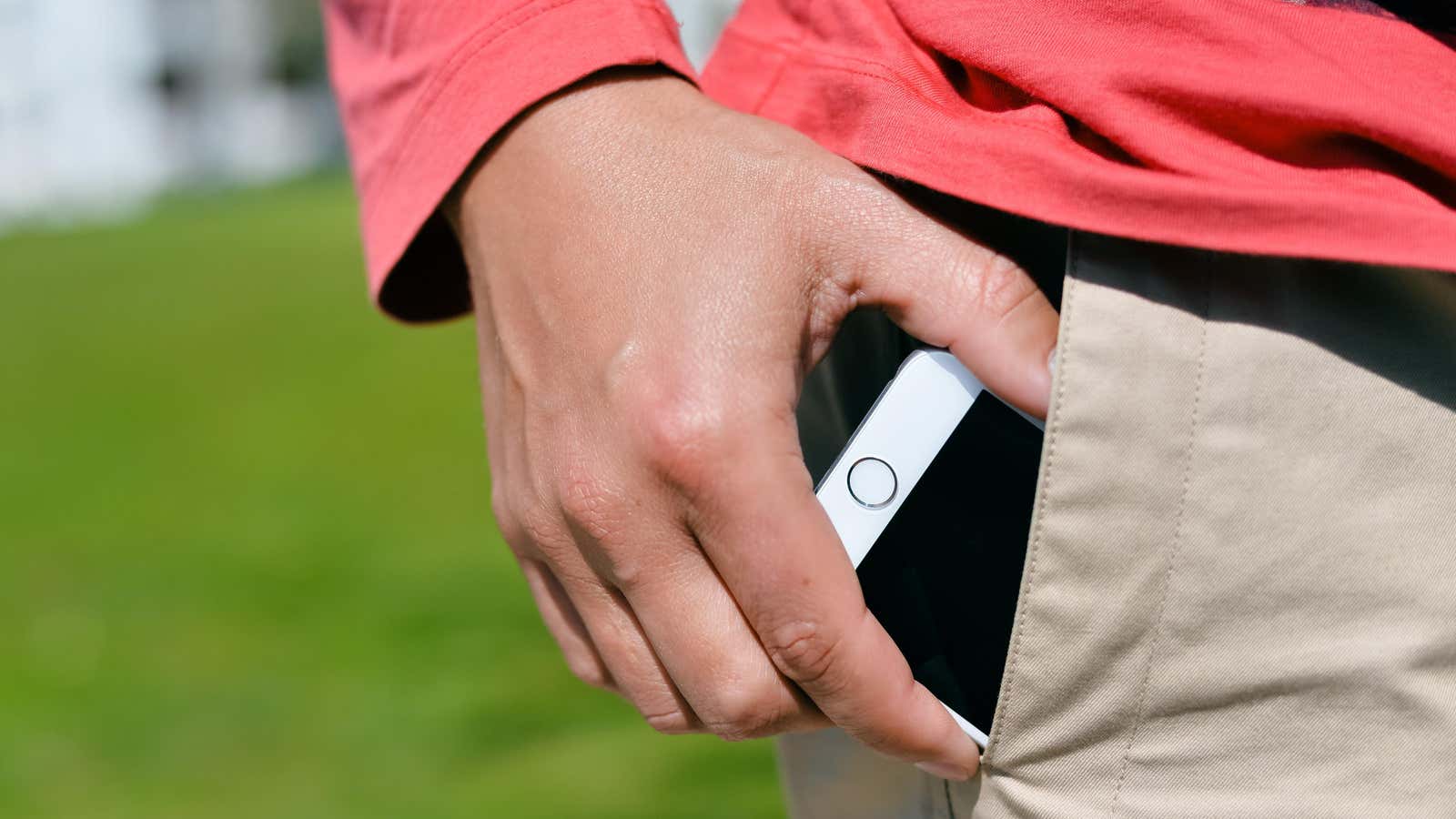Why Your New IPhone Scratches More Than Your Old One

My iPhone display is in disarray . Some of this mess makes sense: I expect cuts and scratches on the screen when my iPhone, say, falls out of my pocket onto the cement. However, many of these scratches have mysteriously accumulated over time, not due to my misuse. In direct sunlight, it’s a slaughterhouse . If your iPhone looks the same, you may be wondering why new iPhones scratch so easily.
As long as there are smartphones, there is also the threat of micro-scratches. Most phones use glass for their displays (many also for the back) and scratches on the glass. How easily a glass scratches is determined by its hardness: most glasses used for smartphones are scratched at level 6 on the Mohs hardness scale , meaning they will only be scratched by materials with a hardness level of 6 or higher.
That’s why you can put your phone in your pocket and not immediately see 1,000 cuts and scratches from all the hidden dust and debris: it takes certain materials to leave a mark on your iPhone. However, they are there: sand, for example, is bad for your display, so there’s always the risk of scratching it when you don’t expect it.
But for a seemingly large portion of the tech community (myself included), our iPhones get scratched a lot more often these days. I have an iPhone 12 and an iPhone 12 Pro Max and both phones have their scratches. Some customers even notice scratches almost as soon as they take their new devices out of the box. It’s unlikely that there are more level 6 or harder materials floating around than before, so what happens instead?
Does stronger glass really mean stronger glass?
Since the iPhone 12, Apple has been using a glass technology called “Ceramic Shield”. While the term sounds fancy, it’s actually a bit of a marketing gimmick since the new iPhone glass is made by the same company that makes most smartphone glass displays, Corning.
Still, it’s an impressive technology: Ceramic Sheil adds nano-ceramic crystals to the glass to improve durability. Apple claims that the Ceramic Shield is “stronger than the glass of any smartphone,” and while there may not be a good standard to support that claim, the latest iPhones are more drop-resistant than previous versions.
Ceramic Shield means your iPhone is less likely to shatter on impact when you drop it, which is a good thing. However, fracture resistance is not the same as scratch resistance, even though the two are related. After all, if Ceramic Shield glass is so strong, doesn’t it withstand scratches as well as drops?
In fact, the opposite seems to be true. Making glass resistant to breakage often means it will be more susceptible to scratches. Here’s how Marques Brownlee (MKBHD) explains the situation in his iPhone 12 review : after normal use, his review unit quickly found a couple of ugly marks on the display, which is in line with many of our experiences in life.
Brownlee points to an inverse relationship between the two properties: glass that is more resistant to breakage is softer, making it more susceptible to scratches, while harder glass is less easily scratched, but this stress makes it more likely to break on impact. . “Ceramic Shield is softer and therefore more prone to scratches” is a statement that can be found on the Internet.
However, it can be difficult to find hard data to support this smartphone glass claim. One of YouTube’s top durability reviewers, JerryRigEverything, comments how the iPhone 12 Pro still scratches at level 6 on the Mohs scale with “deeper grooves at level 7,” putting it on par with most other non-ceramic smartphones. Shield. However, he does not confirm that the new iPhones are less scratch resistant than before. On the contrary, it reported lighter scratches on the iPhone 13 Pro , which may indicate an improvement in scratch resistance.
However, the anecdotal evidence in support of the latest iPhone’s susceptibility to scratches is staggering. A Google search turns up complaint after complaint of unexpected scratches on ceramic iPhones. At the top of my search was a 2020 Apple thread about the iPhone 12 and a Reddit thread about the iPhone 13 , but there are plenty of other results to look through. While you will see some users proudly report that their device is scratch-free, many report the opposite. Some choose to opt for a screen protector on the first day to avoid scratches altogether.
If that’s true, and there’s a compromise between scratch-resistant and shatter-proof glass, you’d probably prefer your iPhone to be the latter. Scratches are annoying, sure, but cracked and broken glass is even worse. A scratched screen is still perfectly usable, while a cracked screen may require an expensive replacement. Even if it can be used, it can be dangerous: I’ve already cut myself on a cracked iPhone display. Not funny.
The good news is that there is a simple and time-tested workaround here: screen protectors! These thin layers of glass or plastic (but preferably glass) can help protect your iPhone displays from both scratches and cracks, making them aesthetically pleasing and preserving their resale value. Not everyone likes the look of a screen protector, but you might prefer it to the Jackson Pollock scratches your display will soon become.
Even if it’s too late for your screen, you should still consider a screen protector. While it won’t retroactively remove your scratches, a screen protector can help hide existing scratches. I was considering an option for my 12 Pro Max for exactly this reason: the display will never be worth its original cost, but at least a screen protector can hide some of those weird patterns.